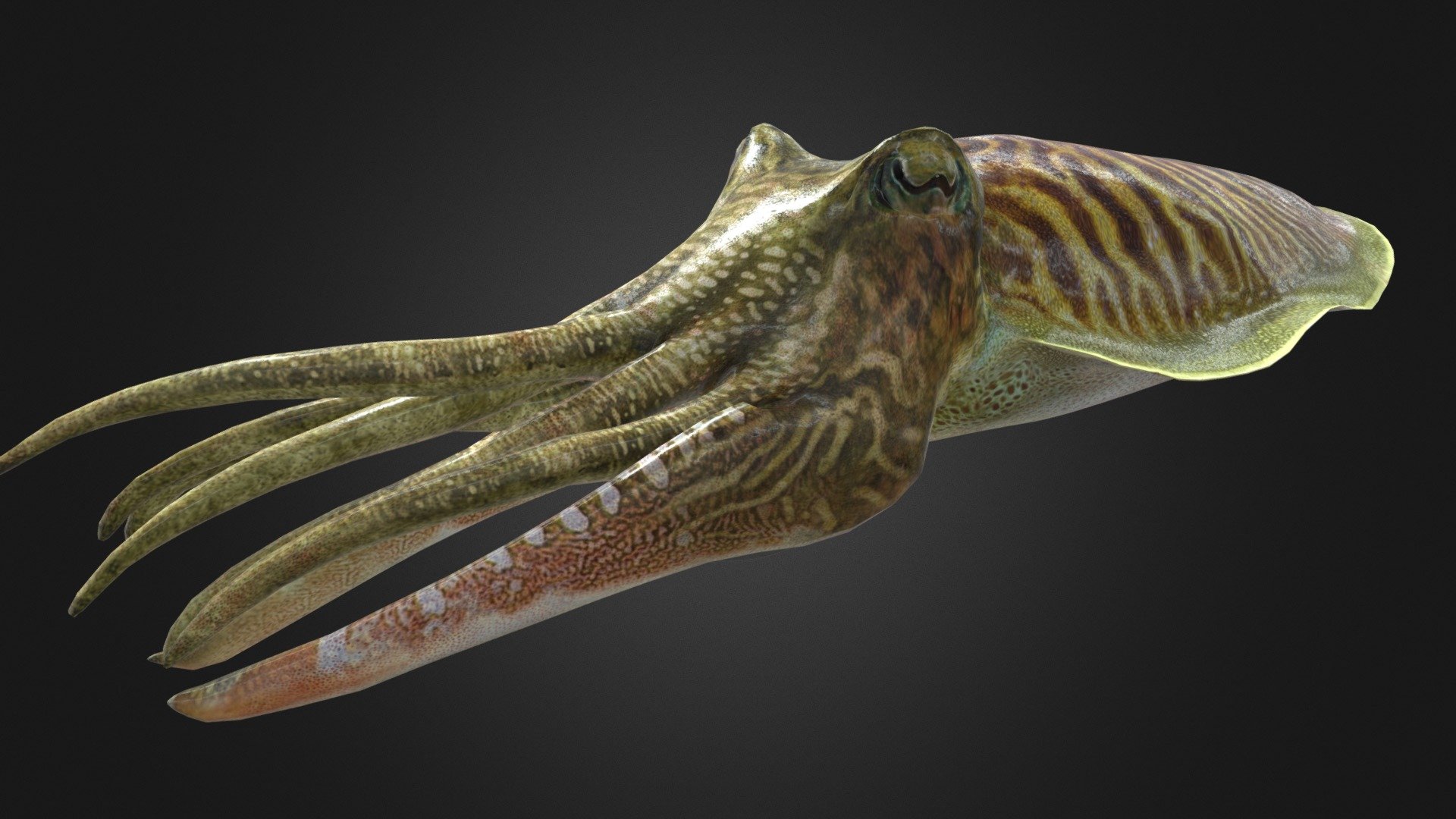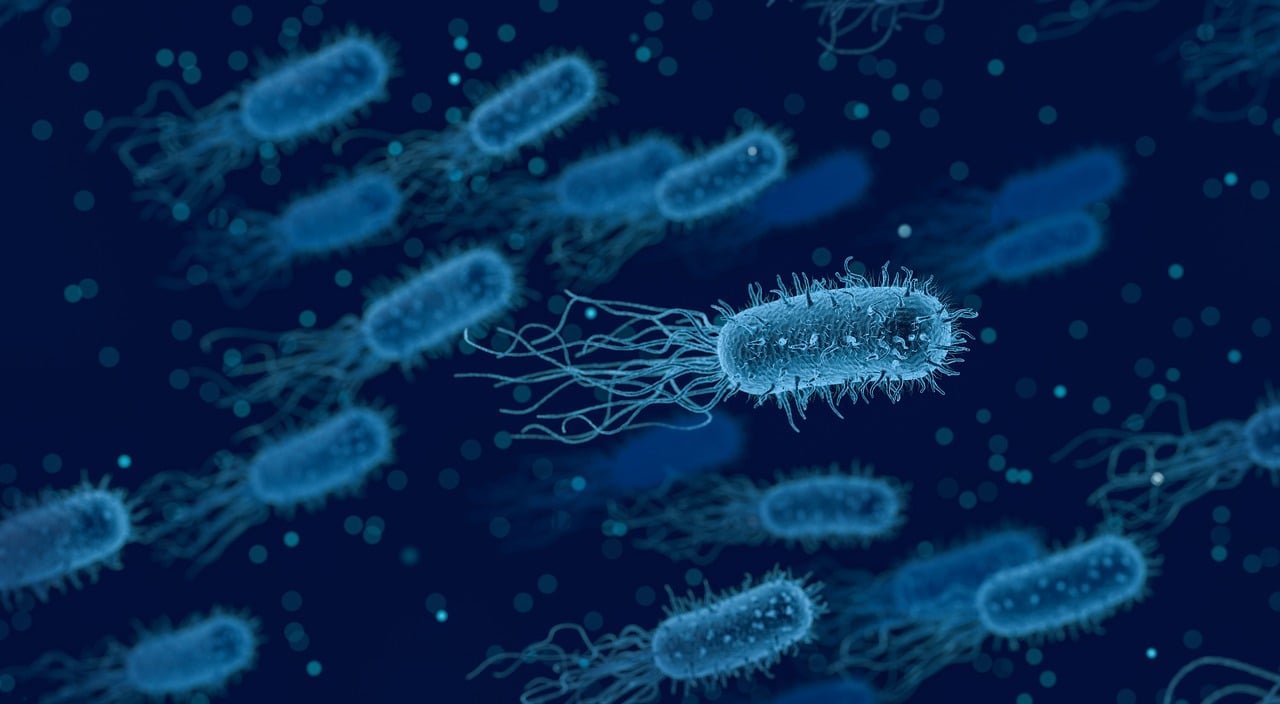Masters of Disguise: Unveiling Cuttlefish camouflage

Cuttlefish are extraordinary marine animals renowned for their intelligence and remarkable camouflage abilities, allowing them to blend into their surroundings in just 100 milliseconds—faster than the human eye can blink! Unlike typical examples of camouflage where animals merely blend into the background, cuttlefish take this survival strategy to an entirely new level. They can not only change their skin color but also adjust their patterns and textures to perfectly match their surroundings.
The Science Behind Cuttlefish Camouflage
The incredible camouflaging ability of cuttlefish lies in their skin, which contains millions of specialized cells: chromatophores, iridophores, and leucophores. These cells work in harmony to create a vast array of visual effects.
- Chromatophores: These are pigment-containing cells that can display yellow, red, brown, and black hues. Controlled by muscles, these cells expand when the muscles contract and shrink when the muscles relax. The brain directly controls these actions, enabling rapid color changes.
- Iridophores: Located beneath the chromatophores, these cells reflect light to produce colors like blue and green, helping the cuttlefish mimic underwater light patterns and further enhancing their disguise.
- Leucophores: These cells act as a reflective base layer, allowing the cuttlefish to adapt to different lighting conditions and improving its camouflage in varied environments.
Texture Modification for Enhanced Camouflage
Cuttlefish can also change the texture of their skin to match their surroundings. They have small muscular projections on their skin called papillae, which they can raise or flatten to replicate the roughness of rocks, coral, or sand. This three-dimensional camouflage ability allows them to blend seamlessly into complex environments.
Dynamic and Intelligent Camouflage
One of the most fascinating aspects of cuttlefish camouflage is its dynamic and adaptable nature. Unlike most animals, which are limited to specific camouflage in certain environments, cuttlefish can instantly alter their camouflage patterns based on the situation. This adaptability is a sign of their intelligence — cuttlefish have large brains relative to their body sizes, enabling them to analyze their surroundings and quickly decide on the best camouflage strategy.
Furthermore, cuttlefish can communicate with one another through specific color changes, adding another layer of complexity to their camouflaging ability.
The Future of Camouflage Research
The marvels of cuttlefish are still being uncovered. In the long run, human research may reveal new innovations inspired by cuttlefish, such as adaptive materials and advanced insights into neural mechanisms. Studying the evolutionary pressures that drive these abilities will also provide a deeper understanding of these intelligent and fascinating creatures.
Similar Post You May Like
-

CFCs, HFCs and their long, troubled history
At its peak, the ozone hole covered an area 7 times larger than the size of Europe, around 29.9 million km2, and was rapidly expanding
-

The Origin of Universe: Deciding point where it all began!
Let us unravel and surf through the ideas throughout ages to understand what the universe and its origin itself was to its inhabitants across history.
-

The Artemis Program
Inspired by the Greek goddess of the Moon, twin sister to Apollo, the artimis program was named on 14 May 2019 by Jim Bridenstine.






